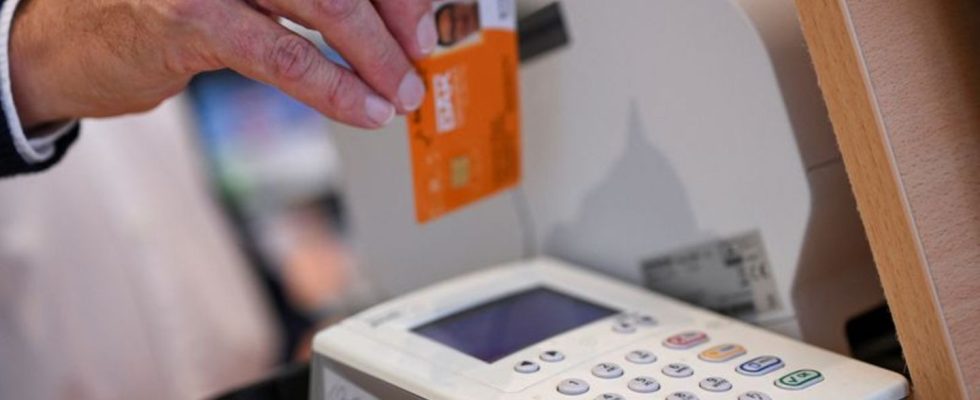Health
Cabinet advises on the push for e-prescriptions and e-patient files
In the healthcare sector, Germany is to become more digital. photo
© Annegret Hilse/Reuters/Pool/dpa
Book trips, transfer money: In everyday life, a lot is done digitally. In the healthcare sector, however, Germany is still a “developing country,” as the minister says. Two flagship projects should speed up.
After many delays, digital applications should make a breakthrough for millions of patients. This is what the Minister of Health is aiming for Karl Lauterbach (SPD), which the federal cabinet wants to launch today.
By the beginning of 2024, electronic prescriptions should become the standard in practices. And as a central instrument, e-patient files should come for everyone at the beginning of 2025 – unless you reject it for yourself. The use of combined health data for research is also to be made easier and significantly promoted.
Lauterbach has already made it clear that it is about “catching up”. The FDP politician Christine Aschenberg-Dugnus said: “Germany is far behind due to decades of neglect in the digitization of the healthcare system.” It is also an answer to major challenges such as exploding costs, a shortage of skilled workers and supply in rural areas.
The general local health insurance companies (AOK) expect that “after years of stagnation and mumbling through” the e-patient file will become a mass application. Association leader Carola Reimann said it could develop into a relevant platform for the exchange of health data.
Lauterbach wants to accelerate applications with practical benefits for patients with two laws. An overview:
E-prescription across the board
From January 1, 2024, it will be mandatory for doctors to issue prescriptions electronically. The practices should gradually change over to this. A start on a larger scale was delayed several times due to technical problems. Actually, the obligation for the practices already existed from the beginning of 2022.
A simpler method of redeeming e-prescriptions should bring a decisive boost. Since July 1, pharmacies have been able to insert the health insurance card into a reader. For some time now, e-prescriptions have also been able to be redeemed using a special app or a printed QR code instead of the usual pink slip of paper.
In practice, however, the prerequisites for this have not yet been created everywhere. This includes a connection device to the healthcare information superhighway. The e-prescriptions are stored on a central server and when the cash register card is inserted, the pharmacy is authorized to retrieve them from there.
“The only fully digital way for e-prescriptions is redemption via an app,” said the head of Techniker Krankenkasse, Jens Baas. With the law, the e-prescription app can also be integrated into the cash register apps in the future.
E-medical record for everyone
E-files have already been introduced as a selectable offer in 2021. They are intended to be a personal data store and, in principle, to accompany patients throughout their lives with all doctors. The bundled data should also avoid drug interactions and unnecessary multiple examinations. The only problem is that so far only about one percent of the 74 million people with statutory health insurance have opted for an e-file. The federal government’s declared acceleration target is to reach 80 percent by 2025.
To this end, the coalition wants to switch to the “opt-out” principle: According to the draft law, the health insurance companies should provide broad information and then automatically set up an e-file for all those with statutory health insurance by January 15, 2025 – unless you actively object. The e-file should then be retrievable with certain identification rules via a cash register app.
You should be able to determine what doctors put in the file and who can access what. First, a drug overview should be usable, followed by laboratory results, among other things. You can take the data with you when you change cash registers.
Easier data research
Another goal is to advance research using health data. To this end, Lauterbach wants to make it possible by law to link data from various sources – for example from cancer registries and health insurance companies – to a central access point. The data should be encrypted (pseudonymized).
An opt-out model is planned for data stored in e-files: you should initially have a setting for “data donations” for research purposes, but you can object to this.
Lauterbach sees great potential in data evaluations that other countries could use to gain quick insights during the corona pandemic. In general, artificial intelligence could then be used to better identify tumors in the early stages, for example, by comparing them with similar cases.

